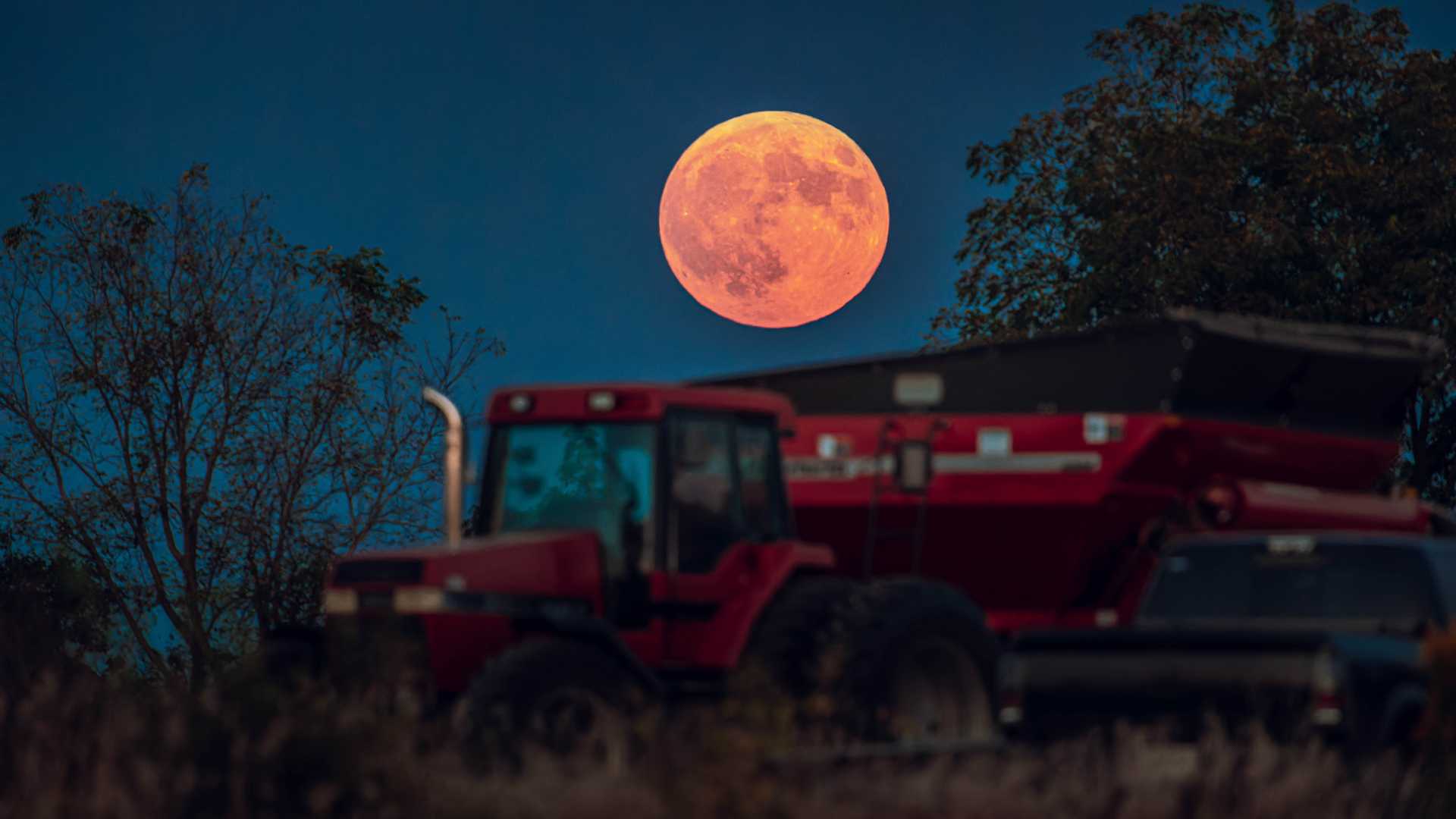News
First Supermoon of the Year to Shine on October 6

WASHINGTON, D.C. — The first supermoon of 2025 will grace the night sky on October 6, peaking at 11:48 p.m. ET.
This full moon, known as the Harvest Moon, is significant as it marks the closest full moon to the autumnal equinox. Traditionally, its bright light has aided farmers in gathering crops before the arrival of winter.
Noah Petro, a NASA project scientist for the Artemis III mission, encourages moon watchers to observe the celestial event. “If it’s cloudy in your area on Monday, you can still see a nearly full moon on Tuesday,” he explained.
The Harvest Moon this year is also a supermoon, which occurs when the moon is at its closest point to Earth in its orbit, known as perigee. This positioning causes it to appear larger and brighter than usual.
<p“Supermoons are usually about 7% larger and 15% brighter than typical full moons,” said Petro. “While it can be hard to notice the size increase, you will likely see the brightness difference.”
October’s Harvest Moon is the first of three consecutive supermoons this year. Following it are the Beaver Moon in November and the Cold Moon in December.
According to the Old Farmer’s Almanac, the Harvest Moon’s name originated from its role in helping farmers complete their harvests. “In the days before tractors, the moonlight was essential for late-night farming,” added Alan MacRobert, a senior editor at Sky & Telescope.
Precise viewing times for the Harvest Moon suggest it will rise in the east at sunset on October 6, shine brightly through the night, and set in the west before sunrise on October 7.
As a side note, the Draconid meteor shower will also begin on the night of October 6, though the brightness of the supermoon might obscure visibility of the meteors.
For astronomy enthusiasts, this October’s full moon provides a fantastic opportunity to witness not only the celestial event but also the upcoming Artemis II mission that aims to circumnavigate the moon with a crew of astronauts early next year.












